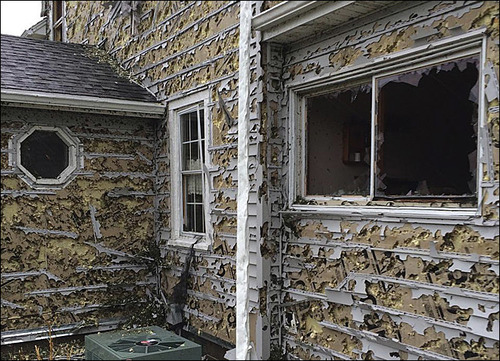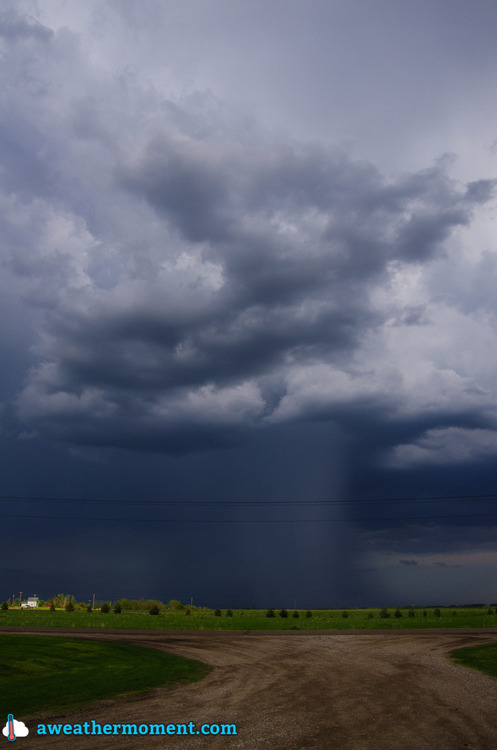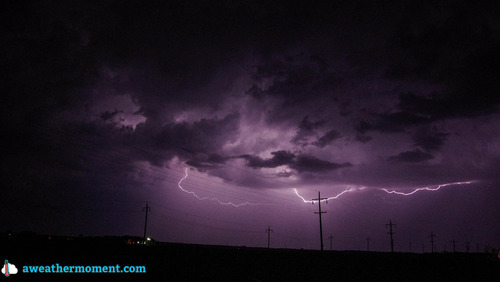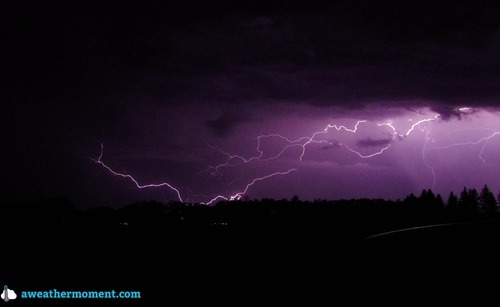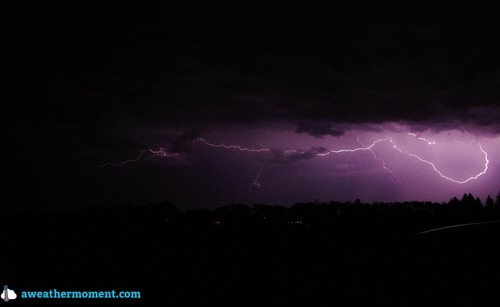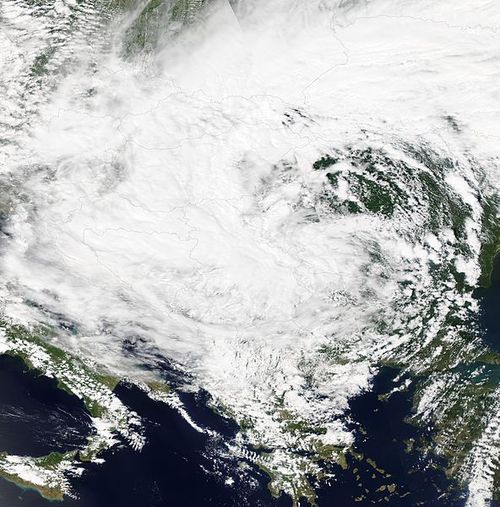Western Europe Sees Severe Storms
It has been quite an active pattern to start off this past week across Western Europe. The pattern favoured severe weather and brought numerous modes of it to the region, including very large hail and damaging winds. A trough of low pressure was sitting just offshore, over the Atlantic Ocean, with a ridge over most of Europe advecting in warm, moist air to the region. As the upper level trough shifted further east, a surface low pressure over the North Sea, with a cold front extending southwards, also pushed east into a very unstable atmosphere setting up for a severe weather outbreak. Sunday through Wednesday all offered severe weather opportunities across the region.
Last Sunday night a severe thunderstorm hit Brussels bringing with it large hail. Hail the size of ping pong balls could be seen littering the city which postponed a World Cup exhibition game that was being played in the city. On Monday night, a completely different storm affected parts of Germany. A powerful bow echo raced across the country bringing winds as high as 142km/h in Düsseldorf, one of Germany’s largest cities. Numerous other reports over 100km/h were reported with the bow echo. Significant damage was reported with trees uprooted by the straight-line winds which also contributed to six deaths in the country.

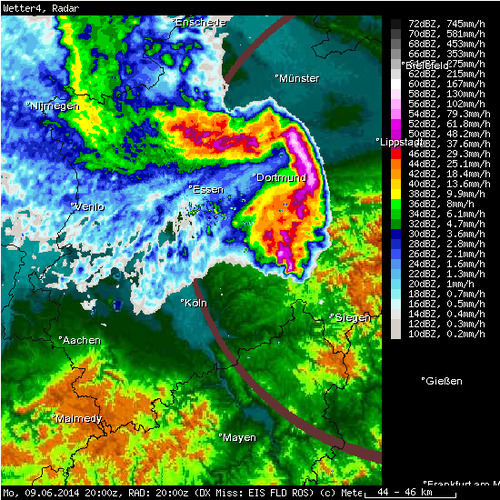
Since then, calmer weather has moved into the region with more of a northwest flow aloft and colder temperatures. No severe weather is expected in Western Europe this weekend.
